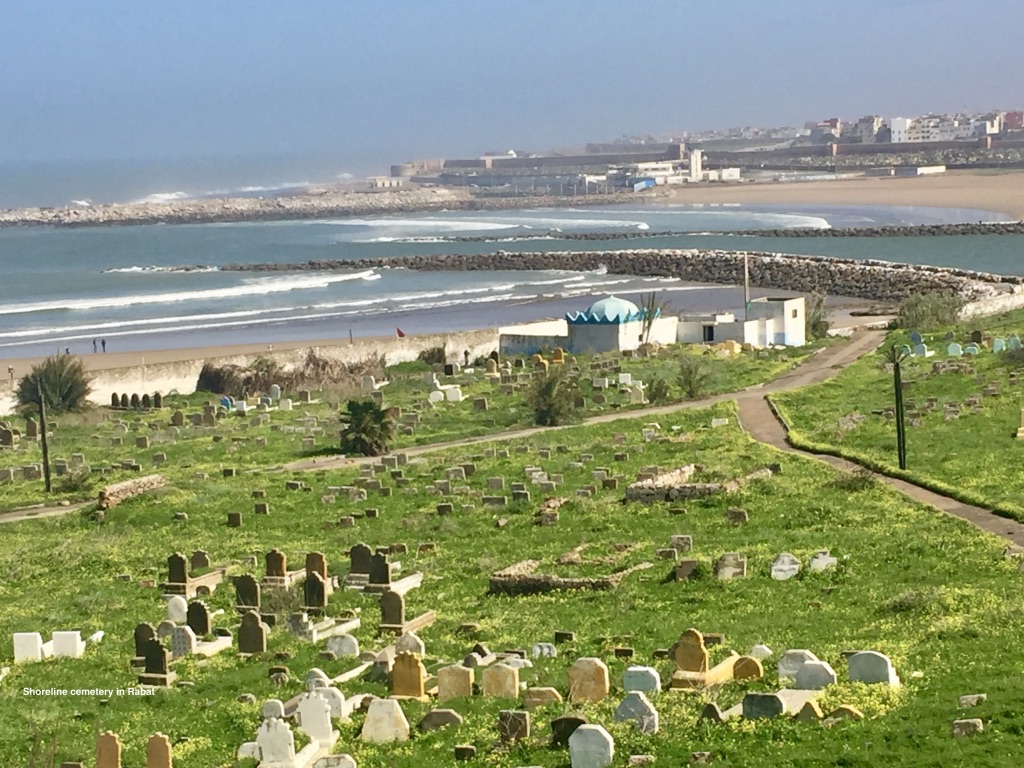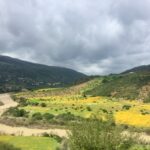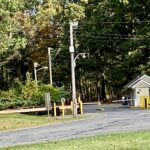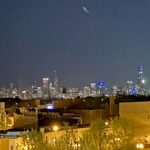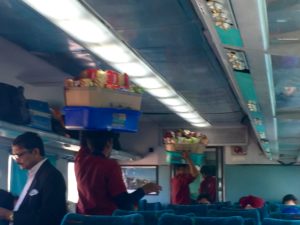 My 21-year old son Henry and I are ready to board the 10:10 a.m. daily Thirukkural Express at the Agra Cantt rail station heading for Jhansi. The train ride is nearly the same distance as Amtrak’s Downeaster that runs from Boston to Brunswick, Maine in the U.S.A. The timetables are comparable at about 3.5 hours.
My 21-year old son Henry and I are ready to board the 10:10 a.m. daily Thirukkural Express at the Agra Cantt rail station heading for Jhansi. The train ride is nearly the same distance as Amtrak’s Downeaster that runs from Boston to Brunswick, Maine in the U.S.A. The timetables are comparable at about 3.5 hours.
A strong stench of urine wafts near the Express train car door. This is a mystery to me until later I observe a cow urinating on a station platform. Animals co-exist with the human population in India. At a snack stand in the station a monkey plays on the overhead pipes. Outside, a goat leans against the wall. Cows meander and dogs trot along what seems to be a familiar path. I like the daily reminder that we share this earth with many creatures.
The attendants on Indian Railways are courteous and welcoming in their dark suits and ties. The car doorways are left open and the trains are long with engines pulling 20 passenger cars and two luggage cars. The passenger cars include general seating, sleepers, and two tiers of air-conditioned seats. Rather than include a café car, vendors walk through the train cars selling snacks and chai directly to seated passengers. The landscape through India’s north central state of Uttar Pradesh into Mahyda Pradesh keeps our attention throughout the train ride.
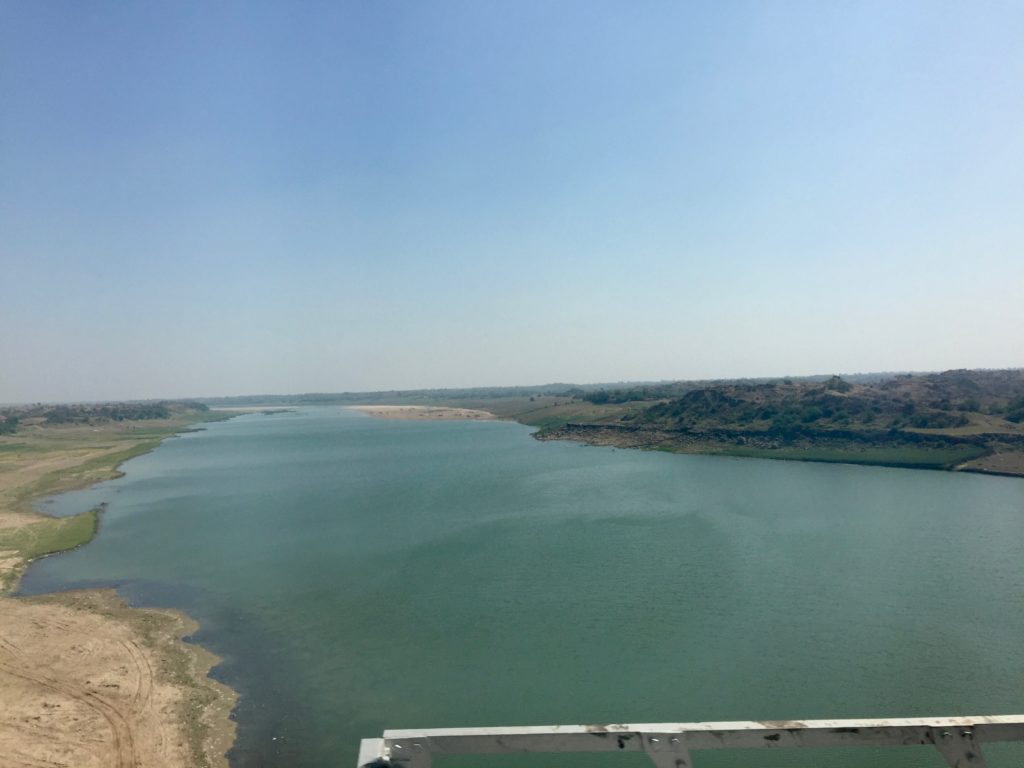
View from the train of the Chambal River in India.
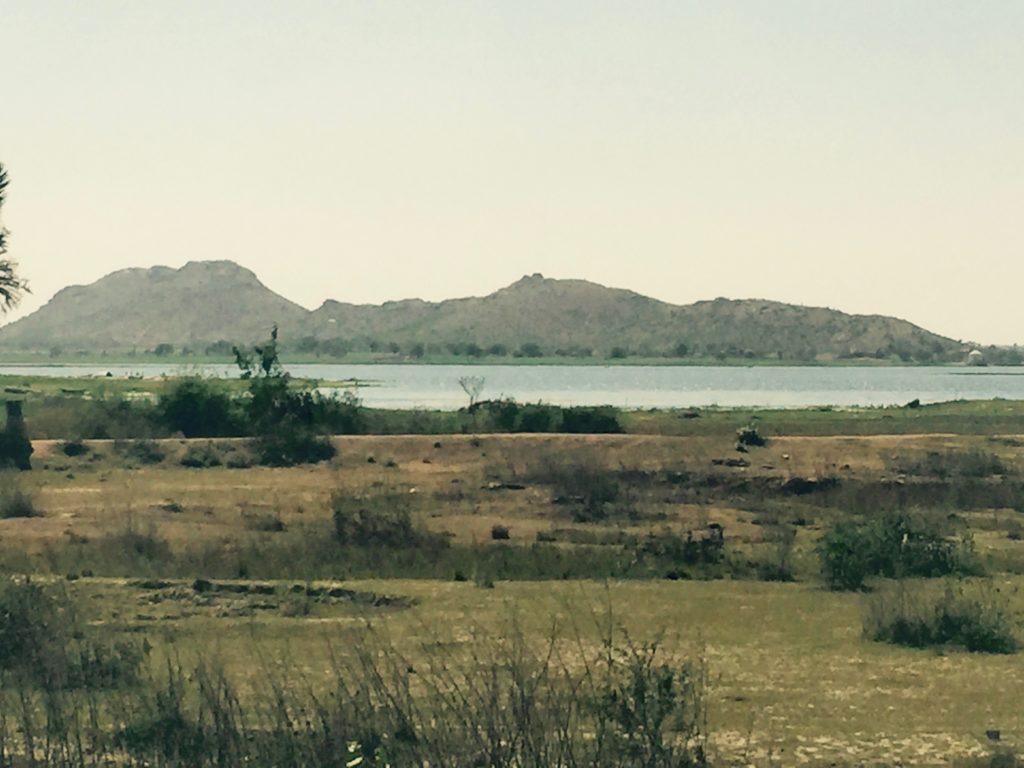
Jhansi, India landscape
From the Jhansi station we hop into a jeep to Orchha, an Indian resort town on the Betwa River. Historic sites such as the Fort complex which contains the Raj Mahal, Hehangir Mahal and Raj Parveen Mahal; the Chaturbhuj and Laxmi temples and Cenotaphs with gardens along the Betwa River are enough for busloads of Chinese tourists to disembark and wander long enough to take selfie photographs. The streets are lively, lined with shops and the smell of incense.
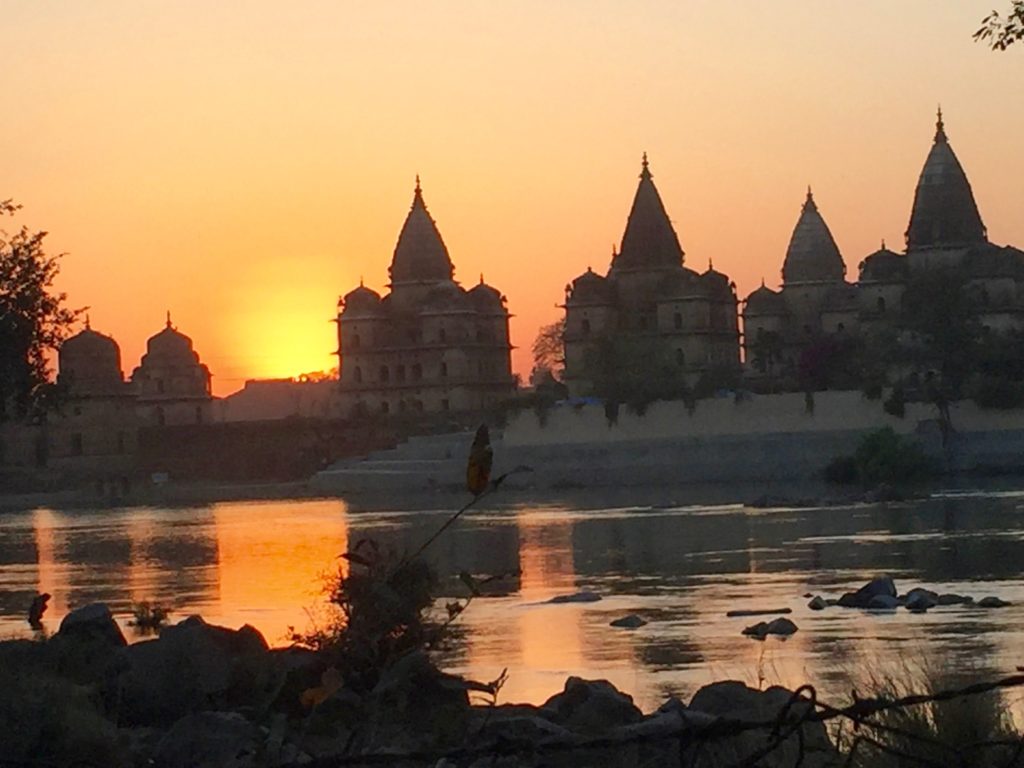
Cenotaphs along the Betwa River in Orchha, India
We linger on the patio of the RajaRam restaurant outside of the Fort complex and drink real coffee, a luxury from the usual Nescafe. In some ways this town feels like a rustic Key West in the U.S. or Playa Del Carmen in Mexico but the flavor here is all India. Statues of Hindu deities, Indo-Islamic architecture, chai shops and sweets including burfi, batti, and Gulab jamun tempt any traveler.
Adventurous travelers always explore outside of the tourist centers. Walk or drive just 10 minutes away and they get a glimpse of the real world of local people – their work and family lives. We did just that. Here is the India we witness as lived by local people just outside of Orchha.
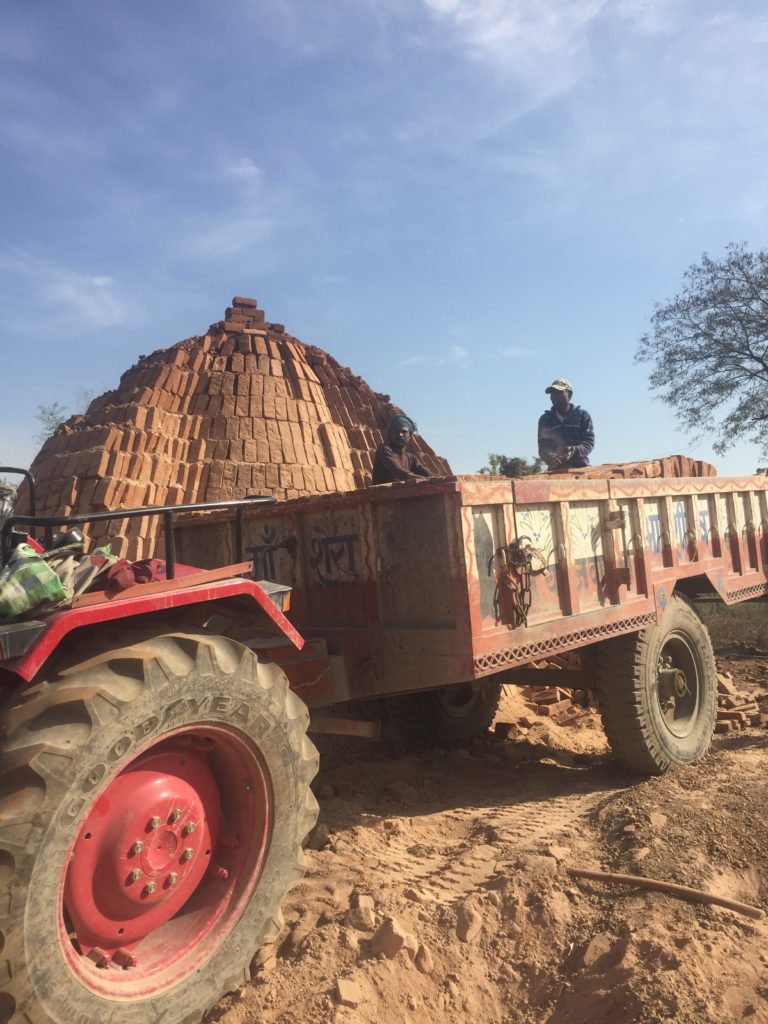
A thousand bricks a day are built here with clay, sand, cow paddies and coal ash. They buy coal ash from the railroad.
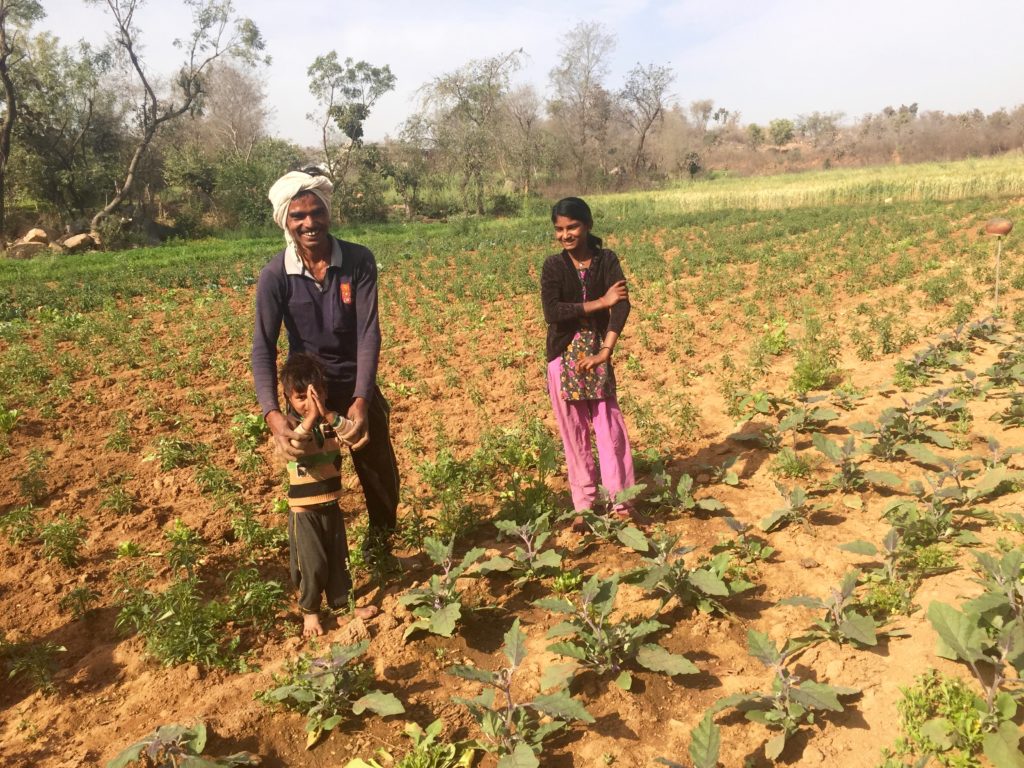
Family farmers in Madhya Pradesh grow radish, potatoes, chilies, cabbage and eggplant.
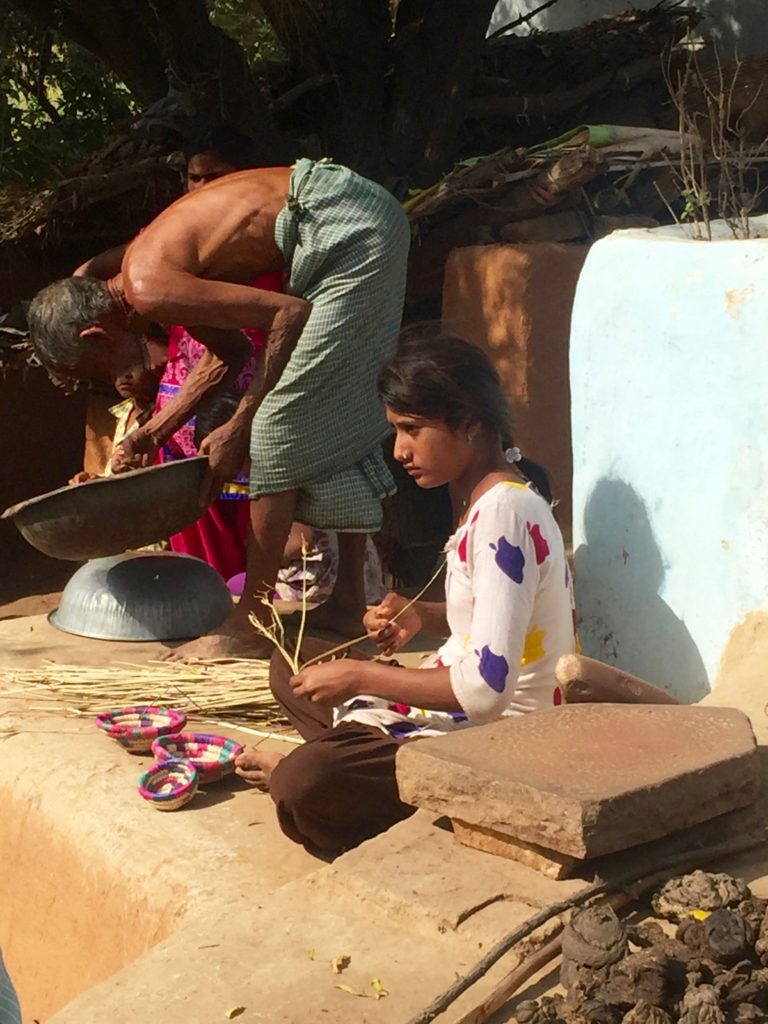
A villager examines seeds as a young girl weaves baskets from bamboo leaves.
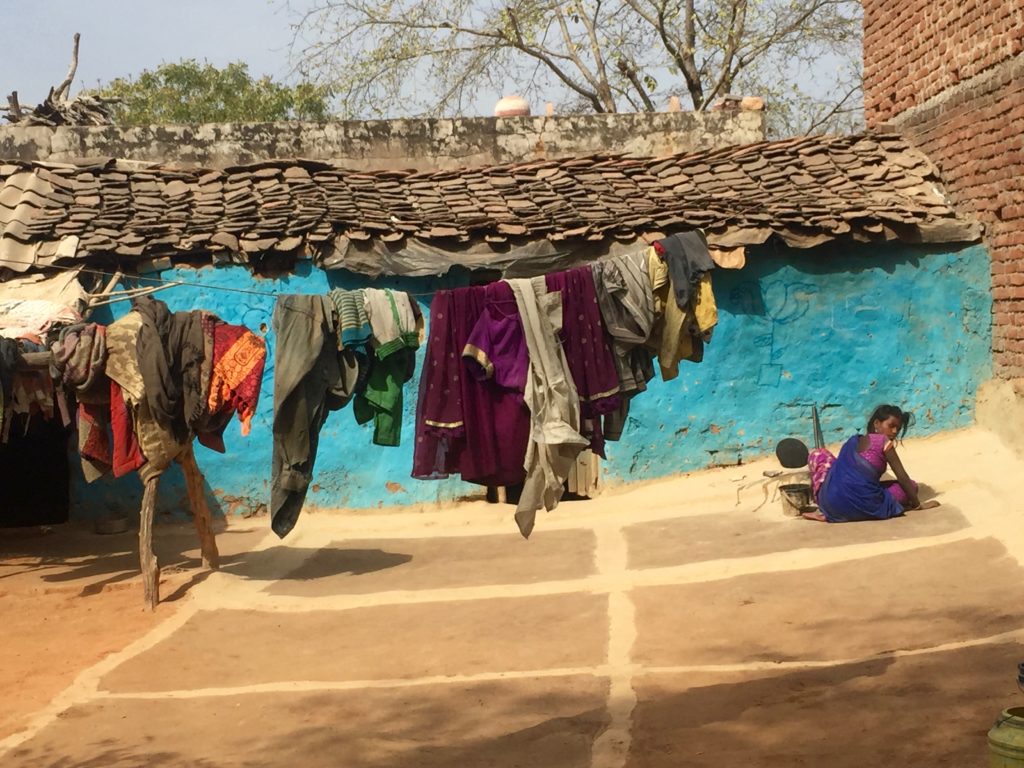
Village woman in front of her house shows an organic way of life in India.
The next person we meet is a young ceramicist who is a master at creating clay pots with primitive tools and a strong arm. My son had taken four years of ceramics classes while in high school. When he sees this he says, “If you would have told me you can throw pots without electricity I would have said ‘That’s impossible.'” This young man shows us the limits of our viewpoint.
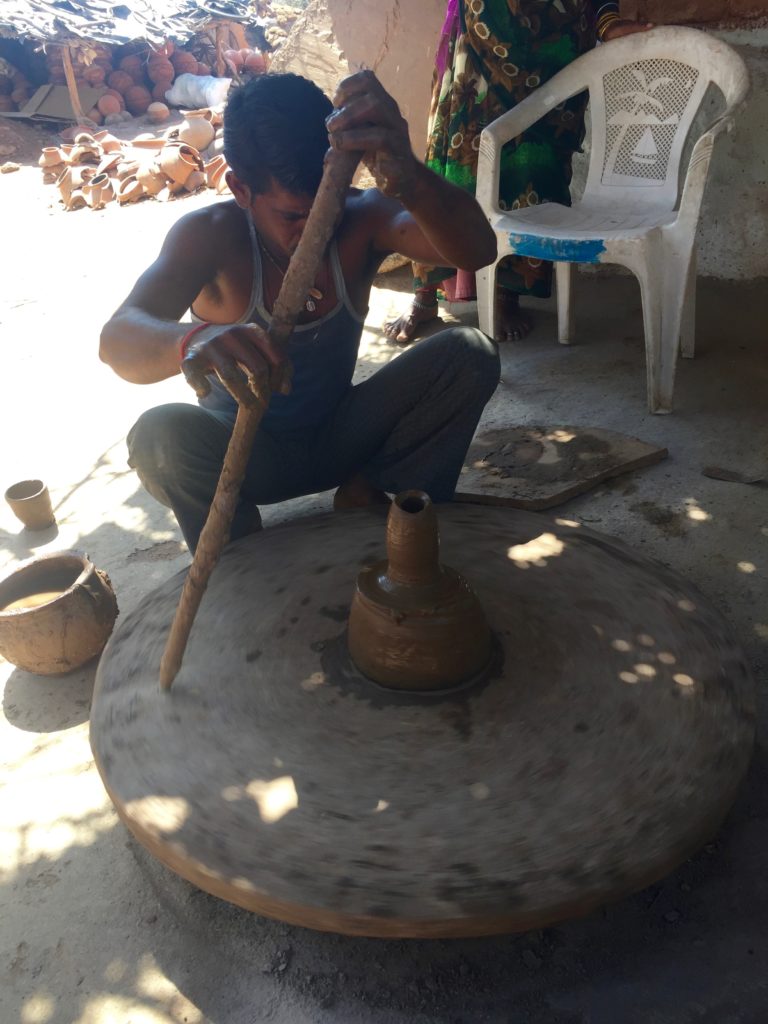
Young ceramicist shapes clay pottery by propelling a circular wheel using a stick.
Henry rethinks what he’s just seen. “There’s a lot of physics involved in how he is throwing the pot. Math equations can explain how his wheel is turning – the same ones that explain how stars spin.” In Orchha, there are many activities including river rafting, the sound and light show at the Fort complex, street market shopping, and an evening prayer service at the temple. These are delightful, but I think what we will remember most is who we met in the villages outside of the town.
Save


